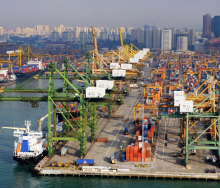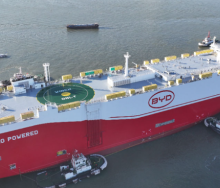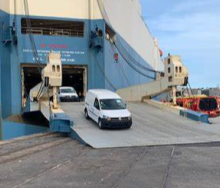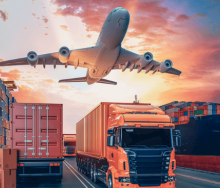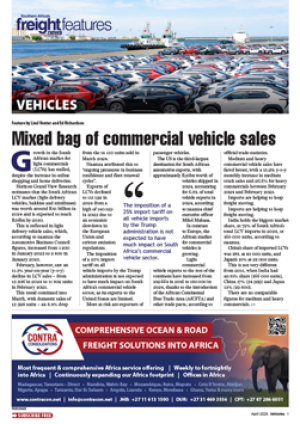Air cargo has been operating at full steam, playing a vital role in keeping global supply chains moving amidst ongoing challenges.
Freight News features editor Liesl Venter spoke to Glyn Hughes, director general of The International Air Cargo Association (Tiaca), to gain insights into the key trends, challenges and opportunities shaping the future of airfreight in 2025.
LV: What are the most significant trends expected to shape the airfreight industry in the coming year?
GH: A great question. I believe three key trends will influence air cargo over the next 12 months. Firstly, US trade policy will play a significant role, with the imposition of tariffs by incoming President Trump being a certainty. The economic impact remains uncertain. US consumers may reduce consumption as prices rise or we could see shifts in manufacturing bases and supply chains that might actually boost air cargo demand. Finally, e-commerce continues to be a major driver. Even with the rapid growth in recent years, it is likely there is still more to come.
LV: What are the primary risks, disruptions or challenges expected to impact the airfreight industry in 2025?
GH: As mentioned, US trade policy could introduce inflationary pressures that may dampen consumer activity, but only time will tell. What we can foresee, however, is that the tight capacity situation experienced in 2024 may persist. This issue could become even more pronounced if scheduled aircraft deliveries are delayed, especially since some aircraft retirements have already been deferred.
- Read the full Q&A in our Freight Features edition on "Airfreight."




